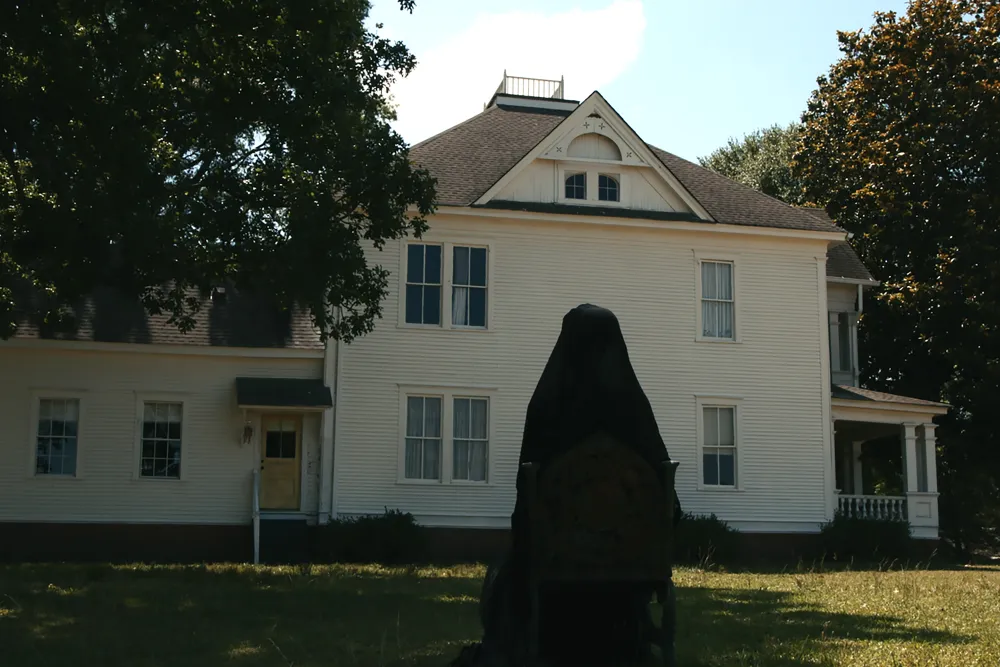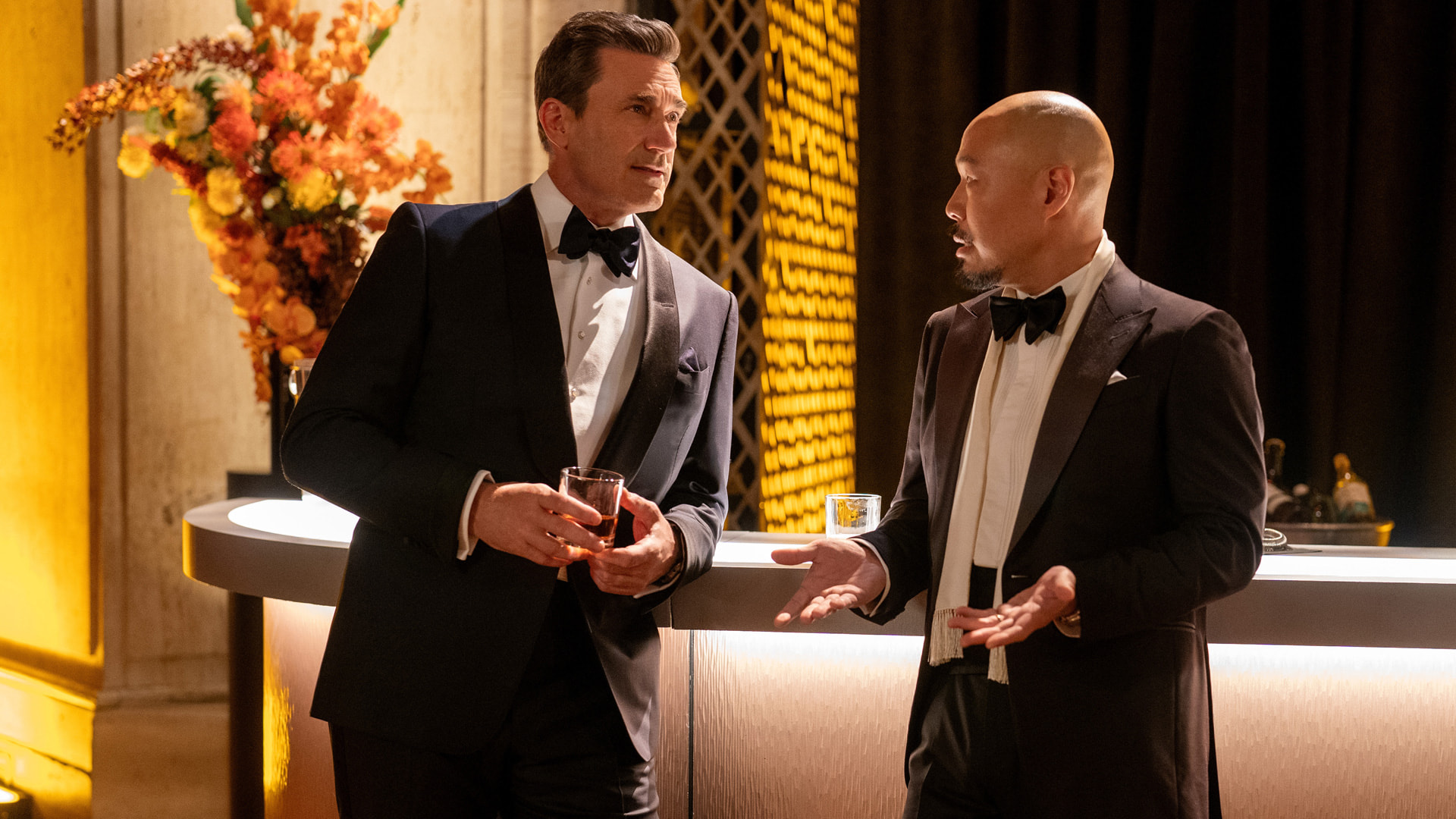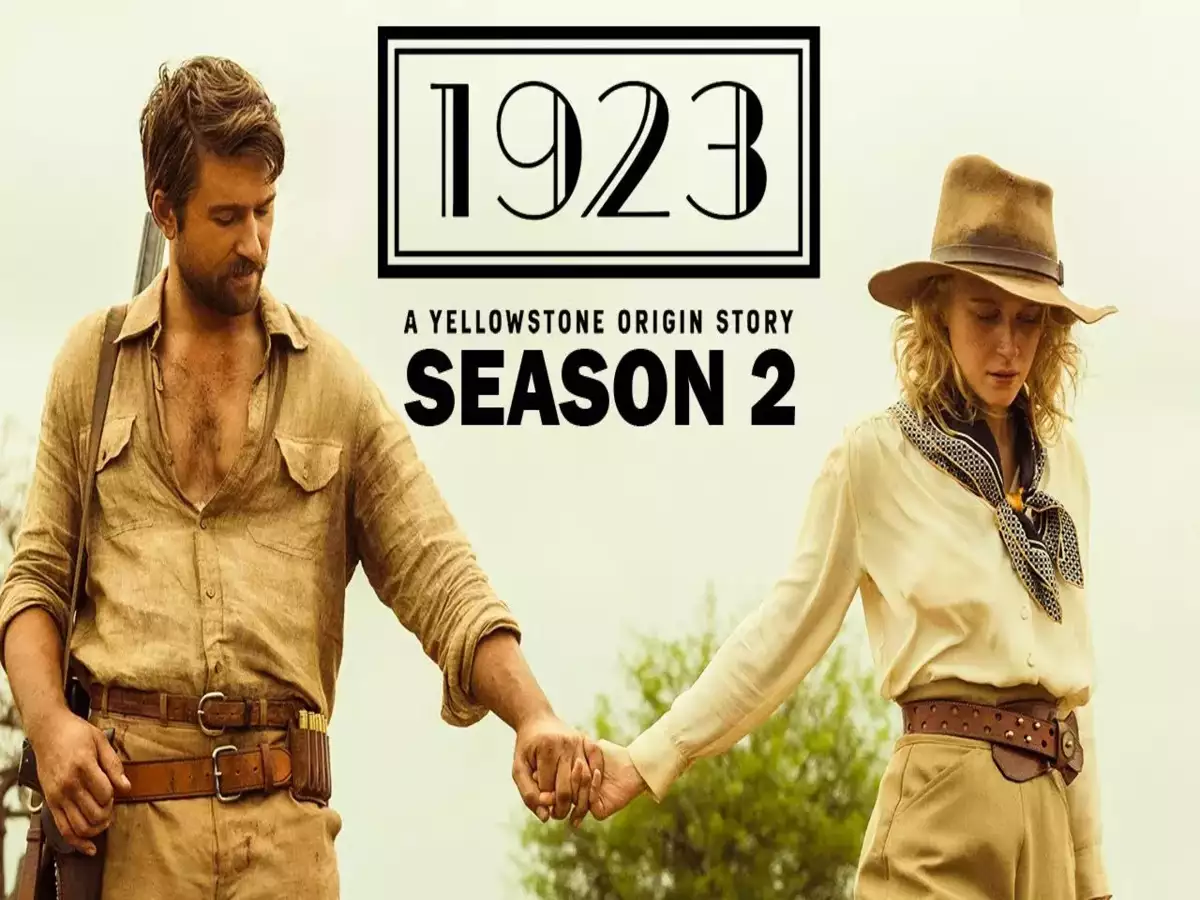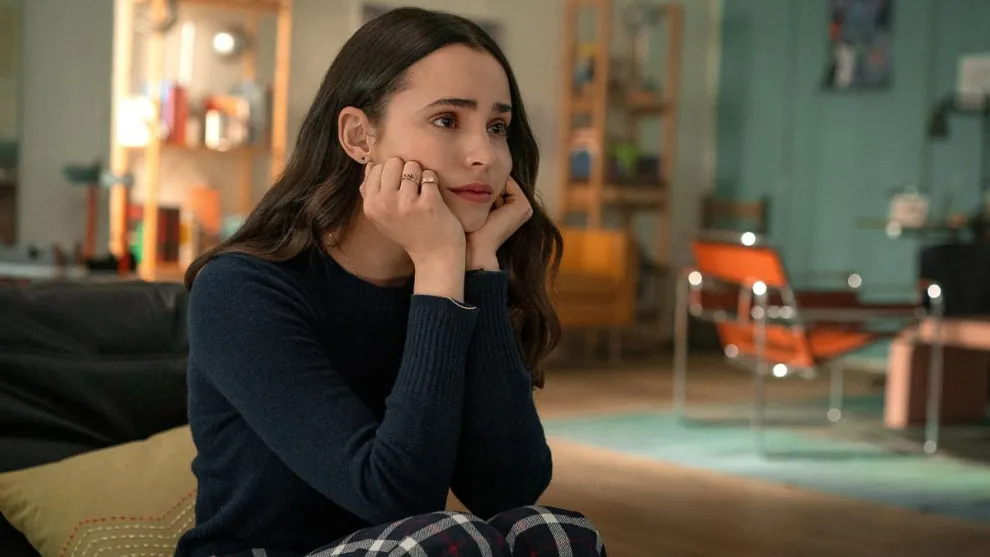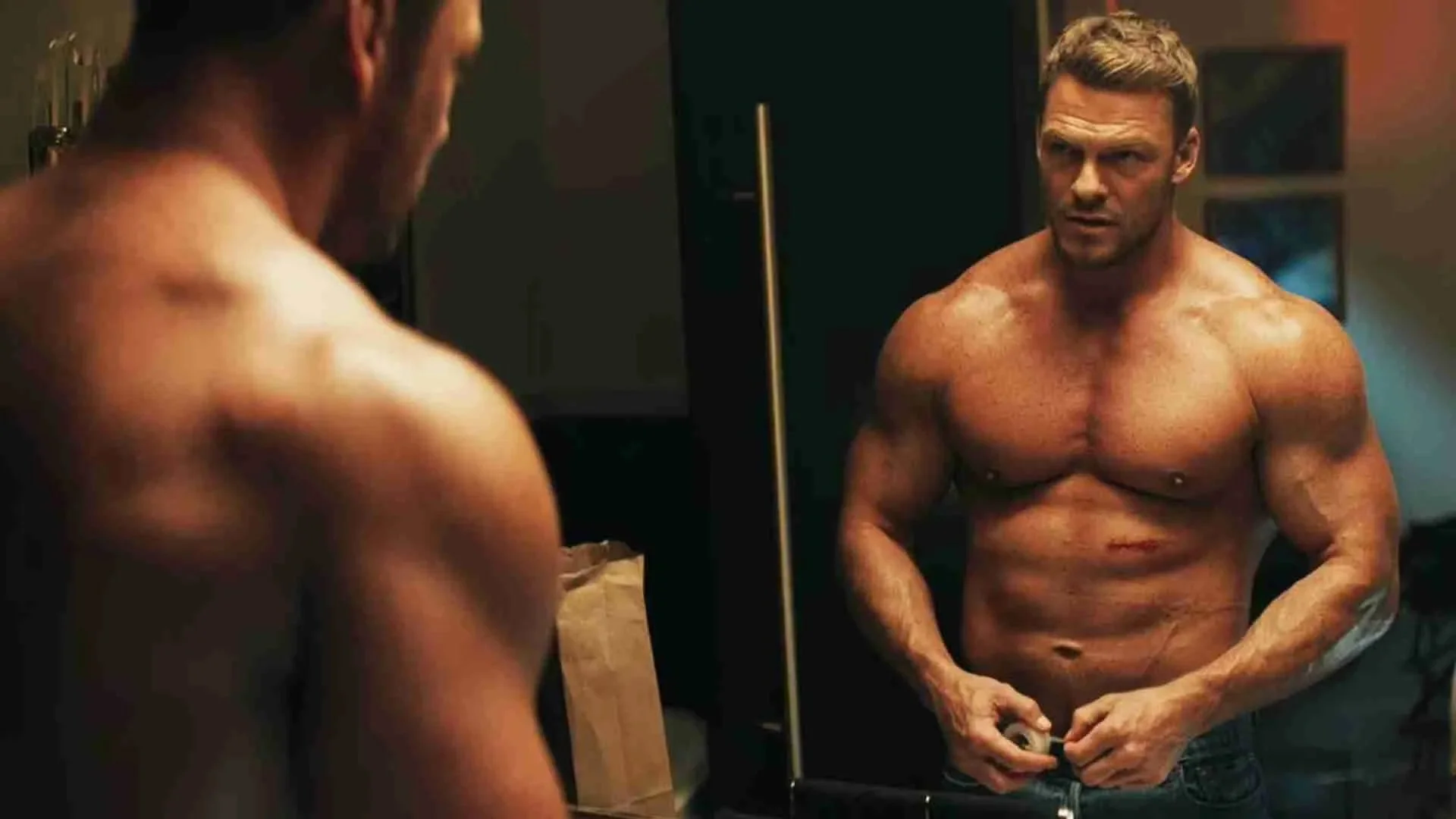Horror films have long used monsters as metaphors for trauma, grief, and repressed emotions. The Woman in the Yard, Blumhouse’s latest release, follows this trend but takes it to a troubling extreme. The movie, starring Danielle Deadwyler as Ramona, explores mental illness and grief in a way that ultimately feels careless and problematic.
A Familiar Horror Formula
Ramona is struggling with the death of her husband, David, after a car accident that also left her injured. Now a single mother to two children, Taylor and Annie, she finds herself battling both financial and emotional turmoil. As she tries to hold her life together, a mysterious woman (Okwui Okpokwasili) appears in her yard, draped in a black shroud. She insists that Ramona invited her, ominously stating, “Today’s the day.”
At first, Ramona dismisses the Woman’s presence, telling her children she might be a lost nursing home patient. However, the eerie atmosphere intensifies as Taylor speculates that the Woman could be a ghost or something far more sinister. Given the Blumhouse formula, seasoned horror fans can easily predict that this figure represents Ramona’s trauma, an unwelcome but inescapable force in her life.
Beyond a Grief Metaphor
As the film unfolds, it becomes clear that Ramona is battling more than just grief. She experiences violent hallucinations, including disturbing fantasies of harming her daughter. She also loses time and repeatedly relives the car accident. While these events could be interpreted as symptoms of post-traumatic stress, her son’s mention of “crazy pills” suggests a deeper mental health struggle.
The climax of the film confirms that the Woman is not just a symbol of grief—she represents Ramona’s suicidal ideation. In a chilling moment, the Woman tells Ramona, “I’m the corners of your mind, the scary parts.” The final act reveals that Ramona has been praying for strength not to rebuild her life, but to end it. The Woman’s arrival is the manifestation of her darkest thoughts, leading her toward an irreversible decision.
A Controversial and Troubling Portrayal
While horror often delves into unsettling themes, The Woman in the Yard crosses a line with its depiction of mental illness. Instead of offering a nuanced exploration, the film frames Ramona’s depression as a monstrous force, making her a threat to herself and her children. The narrative even suggests that her struggles stem from selfishness, a deeply problematic message.
The ambiguous ending only worsens the impact. In the final moments, Ramona sees her daughter’s stuffed animal, which seemingly pulls her back from the brink. The farmhouse, once in disrepair, is suddenly restored, and her children return. The scene suggests a happy ending, but a slow zoom on Ramona’s reversed signature implies otherwise. Has she embraced her darkness, or is this an illusion? The film refuses to commit, leaving audiences with an unsettling and unsatisfying conclusion.
A Step Back for Horror
Horror has long wrestled with the portrayal of mental illness, often linking it with violence and instability. Classics like Psycho and The Cabinet of Dr. Caligari have reinforced these harmful tropes. While some modern films, like The Babadook, have handled trauma with care, The Woman in the Yard falls into old pitfalls, offering a shallow and damaging narrative.
Blumhouse’s film had the potential to push the genre forward, but instead, it leans into clichés that stigmatize mental illness. Despite a strong performance from Deadwyler and some creative direction, The Woman in the Yard ultimately fails its audience. Horror should provoke thought, not just fear, and this film misses the mark.
